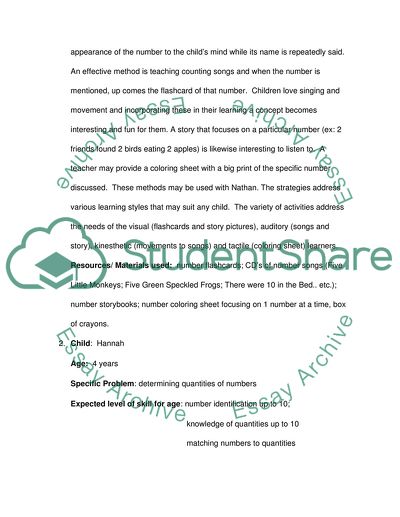Cite this document
(“Numeracy in Action Essay Example | Topics and Well Written Essays - 3500 words”, n.d.)
Numeracy in Action Essay Example | Topics and Well Written Essays - 3500 words. Retrieved from https://studentshare.org/miscellaneous/1565905-numeracy-in-action
Numeracy in Action Essay Example | Topics and Well Written Essays - 3500 words. Retrieved from https://studentshare.org/miscellaneous/1565905-numeracy-in-action
(Numeracy in Action Essay Example | Topics and Well Written Essays - 3500 Words)
Numeracy in Action Essay Example | Topics and Well Written Essays - 3500 Words. https://studentshare.org/miscellaneous/1565905-numeracy-in-action.
Numeracy in Action Essay Example | Topics and Well Written Essays - 3500 Words. https://studentshare.org/miscellaneous/1565905-numeracy-in-action.
“Numeracy in Action Essay Example | Topics and Well Written Essays - 3500 Words”, n.d. https://studentshare.org/miscellaneous/1565905-numeracy-in-action.


